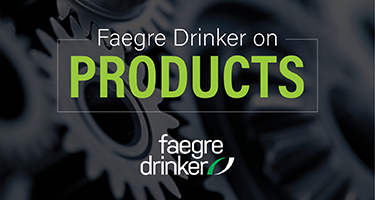In the 50-plus years since the inception of the doctrine of strict products liability in tort, a vexing issue for product manufacturers has been how to evaluate and defend against accusations of design defect. Manufacturing defects are relatively easy to evaluate – something either did or did not go wrong on the assembly line, the product either did or did not conform to specifications. But except for the rare and extreme cases where, in hindsight, the design is so clearly misguided that no reasonable engineer would consider it safe, courts, commentators and lawyers have hotly debated the proper benchmark to judge the alleged defectiveness of an entire product line.
Manufacturers like to know what to expect. Without a concrete liability standard, they cannot confidently design their products to satisfy it, and they cannot rationally evaluate their liability exposure when they get sued. Even better for manufacturers would be a standard that actually makes sense, and is reasonably attainable.
Continue reading “Uncertain Expectations – California’s Long Struggle with How to Measure Defectiveness in a Product’s Design”

